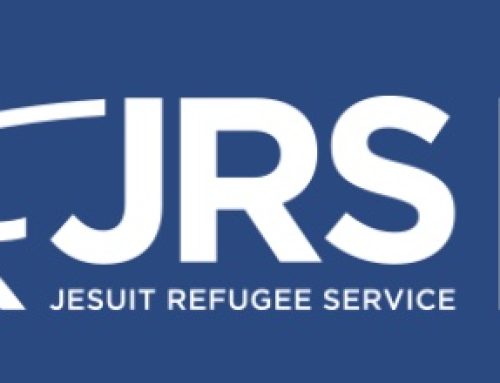Frances Timberlake
UK advocacy officer, Refugee Rights Europe
In recent months, the UK-France border has been flung back into the public view following a sudden increase in media images of people attempting the sea crossing to the UK in small boat – even though this crossing route is not an entirely new one.
Despite the interest these small boat journeys have gained, however, relatively little attention has been paid to the role of the UK’s own border security infrastructure which acts as a backdrop to them and indeed has directly resulted in displaced people being forced into new, more dangerous, crossing routes into the UK recently, such as by small boat across the Channel.
Even less attention has been paid to the sites of UK offshore detention in northern France, camouflaged amidst the more visible border checkpoints, barbed-wire fencing and lorry scanners. This extraterritorial detention regime, made up of four UK Short-Term Holding Facilities (STHFs) operated on the northern French coast, constitute part of the ‘juxtaposed border controls’ between the UK and France, that were established by the Sangatte and Touquet treaties in an attempt to prevent the irregular arrival of those travelling to the UK to seek asylum. Under these agreements, the UK operates its border control and has powers of detention and arrest in France and Belgium, and vice versa. Whilst STHFs have been operated by the UK in France since 2004, there is no reciprocal arrangement operated by France on UK territory. They are used to hold individuals – up to 600 a month, of which on average 80 children, between the four facilities according to the most recent HMIP inspection in November 2019 – making the crossing from Calais or Dunkirk to Dover who are suspected of having incorrect paperwork, or who are found hidden in commercial vehicles.
These detention facilities have had concerningly little visibility compared to other UK and French detention sites, other than few and far between HMIP inspections. Indeed, no inspection visits were made to these centres for a period of almost ten years due to ‘lack of jurisdictional clarity’, and only one of the four is currently subject to the 2018 Short-Term Holding Facility Rules. The inspection reports point to a worrying lack of accountability and judicial oversight, an absence of access to information and legal advice, as well as multiple serious safeguarding concerns which are only likely to have become more pronounced during this global health pandemic, particularly for displaced individuals who are subject to insalubrious living conditions in informal settlements in northern France as well as a lack of access to proper healthcare and shelter. From these centres, people are either allowed to travel on or, more frequently, handed over to the French Police aux Frontieres who in turn release them into the port area or transfer them into French domestic detention centres nearby.
The UK’s operating of STHFs abroad, alongside its domestic border controls, effectively extend UK jurisdiction into France. However, corresponding human rights responsibilities are not accounted for. Whilst not on the same scale as domestic detention centres, these centres act as part of the UK’s border infrastructure intended to deter, detain and remove those seen as a threat to sovereign border control, exporting the ‘Hostile Environment’ approach even beyond UK soil.





